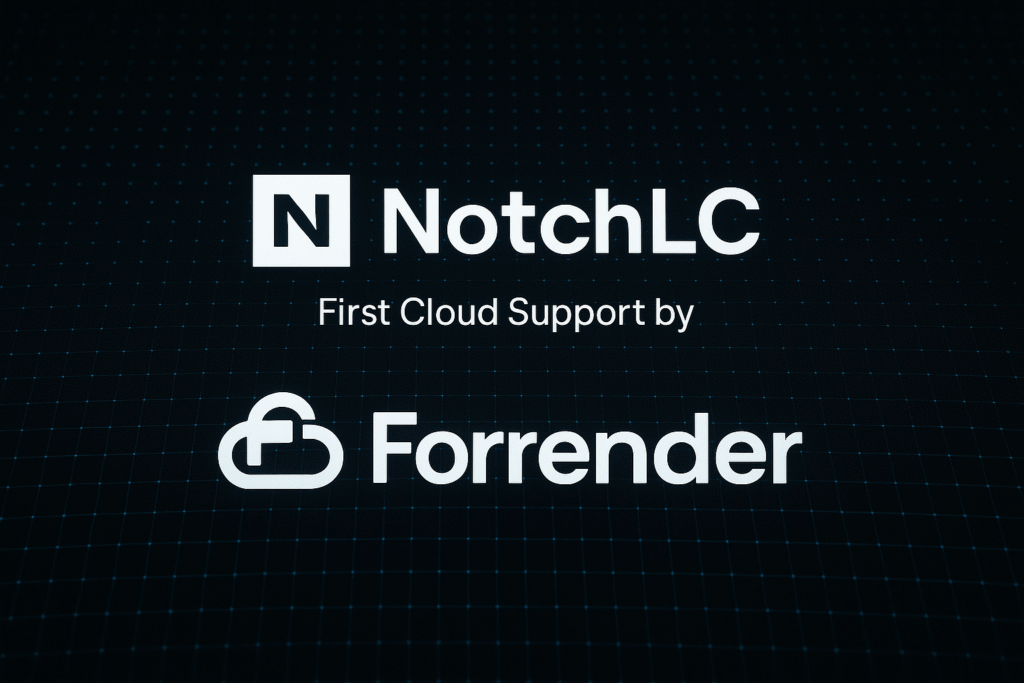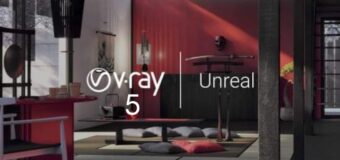Why Do Creatives Pick NotchLC at All?
Notch sits between game engines and motion‑graphics tools. It fuses real‑time GPU playback, a node‑based workflow, and show‑control features. Typical projects:
- LED‑volume backgrounds for virtual production.
- Touring concerts — sound‑reactive particles & volumetrics.
- VJ festival sets (MIDI‑driven).
- Fulldome / planetarium shows with point‑cloud FX.
- Installation art synced to sensors.
Core Advantages
| Feature | Why Artists Care |
| NURA GPU engine | 60–120 fps playback on one card → live previews. |
| Drag‑and‑drop node graph | Iterate shots without compile waits. |
| Volumetric & point‑cloud toolset | Native smoke, voxel, LIDAR imports. |
| Audio/MIDI reactivity | Built‑in FFT, no external plugins. |
| NotchLC codec | 10/12‑bit intra‑frame, perfect for disguise/d3 playback. |
| Export .dfx / NotchLC video | Quick hand‑off to Unreal, TouchDesigner, disguise. |
Take‑away: NotchLC owns the interactive & music‑driven space. But until now you had to sacrifice final‑grade quality—enter offline render + farm burst.
What Changed in 2025 — Offline / Stand‑Alone Render Mode
- exe — stand‑alone renderer.
- –chunk n/N flag → tile/frame splitting for farms.
- EXR Multilayer + ACEScg tag.
- OCIO config argument for colour pipelines.
- Deadline & Qube! job templates in APT package.
Creators can now export 32‑bit EXR, ProRes 4444 XQ, 16 K panoramas — but a single RTX 3090 renders 4–5 minutes per frame at 16 K.
Benchmark — How “Heavy” Is a NotchLC Offline Job?
| Scene | Resolution | Real‑Time Playback | Offline (1 × RTX 3090) |
| XR stage BG | 8 096 × 2 160 | 60 fps | 2 m 05 s / frame |
| Fulldome master | 16 384 × 8 192 | N/A | 5 m 20 s / frame |
| Concert intro | 3 840 × 2 160 | 60 fps | 18 s / frame |
A two‑minute fulldome film (3 000 frames) = 265 GPU‑hours on a single workstation.
Forrender — First NotchLC Render Farm
How We Integrate (manual FTP submission)
- Request your dedicated FTP credentials from support
- Upload a zipped .dfx + assets to /incoming/notch/[studio_name]/job01.zip.
- Ping your personal manager in HelpCrunch or e‑mail with render specs (resolution, samples).
- Manager sets up Deadline job: chunk count, GPU pool (4 × RTX 3090 by default, up to 12 on request).
- After auto‑merge & seam‑check, manager shares a download link (EXR Multilayer / ProRes / NotchLC video).
No plugins to install, no scripting—just FTP + real human oversight.
Cost Example — 16 K Dome Sequence, 1 500 Frames
| Farm | Nodes | Wall‑clock | Cost |
| Forrender | 4 × RTX 3090 | 18 h 15 m | $149 |
| Local PC | 1 × RTX 3090 | 133 h | Power + no PC for a week |
Beta artists receive $15 credits.
Q&A — Answering What People Google
- “Notch render farm” — why would I need it if Notch is real‑time?
LED screens need only 8‑bit preview, but commercial spots, dome films, and VP plates demand 10‑12‑bit & denoising—real‑time can’t deliver that.
- “Is Notch faster/cheaper than Unreal or TouchDesigner?”
Unreal shines in photoreal GI; Notch wins at procedural FX and audio reactivity. With farm burst you equalise render time.
- “Does the farm keep ACES colour?”
Yes—pass your OCIO path, we render EXR Multilayer in ACEScg and preserve metadata.




Leave a Reply